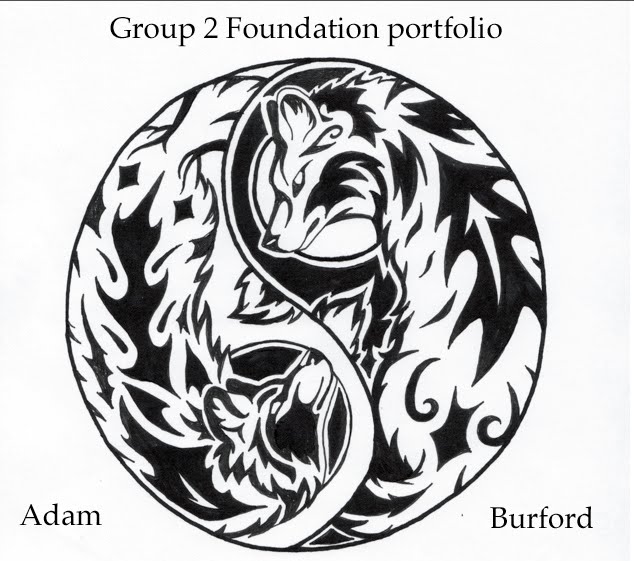
Film Noir (literally 'black film or cinema') was coined by French film critics (first by Nino Frank in 1946) who noticed the trend of how 'dark', downbeat and black the looks and themes were of many American crime and detective films released in France to theatres following the war, such as The Maltese Falcon (1941) Murder, My Sweet (1944), Double Indemmnity, The Woman in the Window (1944).
Key Noirs are; the Maltese Falcon, a Touch of Evil, Double Indemnity, the first ‘true’ noir film is ‘stranger on the third floor’, with the last film noir being ‘touch of evil’. ‘Stranger on the Third Floor’ was released on August 16th 1940; whereas ‘Touch of Evil’ was released may 21st 1958. Films made after this period, like ‘Se7en’ (1995),’ L.A. Confidential’ (1997) or even ‘Bladerunner’ (i982).
Classic film noir is inspired by German expressionism, many of the stories and a lot of the attitude of film noir is derived from the hard boiled school of crime drama, this emerged during the United States during the depression.
The film noir genre and noir films are deeply inspired by German expressionism; it is a cinematic movement of the 1910s and 1920s, closely related to developments in theatre, photography, architecture, painting, etc. German expressionism moved to American film noirs when important film artists that had been working in Germany moved over to the U.S., they moved over to the U.S. due to offers from the ‘booming’ Hollywood film industry and the growing threat of the Nazi power.
The first Film Noir could have been a pre-world war 2 crime drama called Fury which was released in 1936 and was directed by Fritz Lang as it was categorized as a Film Noir even though it came out before the big period of Film Noir in America, but another movie is commonly stated as the first Film Noir and a true Film Noir, it was called Stranger on the Third Floor (1940) which was directed by Boris Ingster, this could be because it falls into the time period of Film Noirs or that crime melodramas were no really seen as Film Noir before this period as well.
When looking at Film Noirs we can see there are a many different types of characters in any one Film Noir. Thematically, film noirs were most exceptional for the relative frequency with which they centered on women of questionable virtue—a focus that had become rare in Hollywood films after the mid-1930s and the end of the pre-Code era. The signal movie in this vein was Double Indemnity (1944), directed by Billy Wilder, these characters are referred to as, femme fatales. A hardboiled detective or some form, however, the prevalence of the private eye as a lead character declined in film noir of the 1950s, a period during which several critics describe the form as becoming more focused on extreme psychologies and more exaggerated in general. A prime example is Kiss Me Deadly (1955) here the protagonist is a private eye, Mike Hammer. Hammer overturns the underworld in search of the 'great whatsit'... [Which] turns out to be—joke of jokes—an exploding atomic bomb.

No comments:
Post a Comment